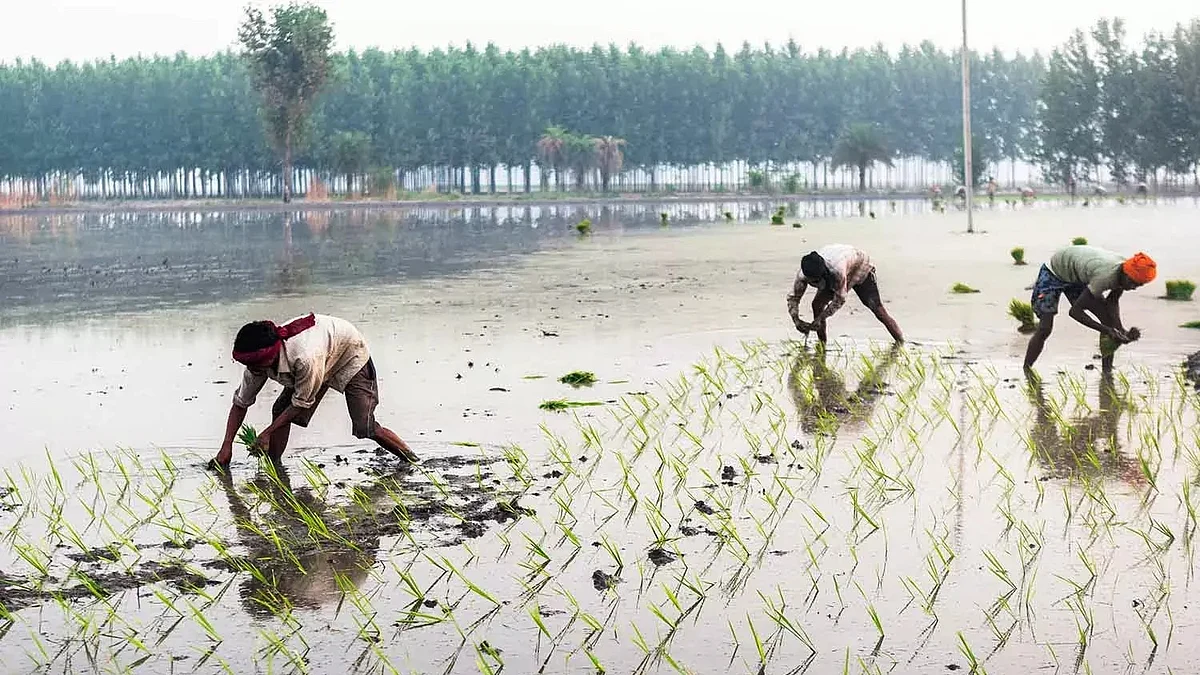
Selling Water: How Punjab’s Basmati Exports Are Worsening Its Groundwater Crisis
- 17.03.2025 05:18
- newslaundry.com
- Keywords: groundwater depletion, export growth, water stress
Punjab's booming basmati rice exports have drained its groundwater, with water tables dropping by a meter annually since 1998. Farmers rely on tube wells due to dry canals, while policies fail to address the crisis, risking long-term water sustainability.